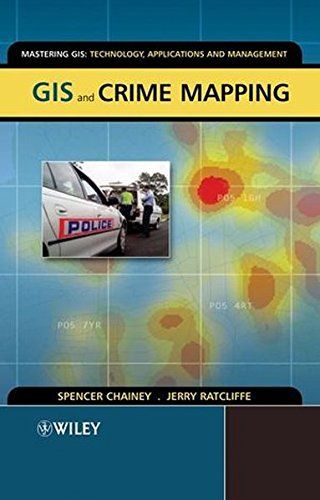
GIS and Crime Mapping
The growing potential of GIS for supporting policing and crimereduction is now being recognised by a broader community. GIS canbe employed at different levels to support operational policing,tactical crime mapping, detection, and wider-ranging strategicanalyses. With the use of GIS for crime mapping increasing, thisbook provides a definitive reference. GIS and Crime Mapping provides essential information andreference material to support readers in developing andimplementing crime mapping. Relevant case studies help demonstratethe key principles, concepts and applications of crime mapping. This book combines the topics of theoretical principles, GIS,analytical techniques, data processing solutions, informationsharing, problem-solving approaches, map design, and organisationalstructures for using crime mapping for policing and crimereduction. Delivered in an accessible style, topics are covered ina manner that underpins crime mapping use in the three broad areasof operations, tactics and strategy. Provides a complete start-to-finish coverage of crime mapping,including theory, scientific methodologies, analysis techniques anddesign principles. Includes a comprehensive presentation of crime mappingapplications for operational, tactical and strategic purposes. Includes global case studies and examples to demonstrate goodpractice. Co-authored by Spencer Chainey, a leading researcher andconsultant on GIS and crime mapping, and Jerry Ratcliffe, arenowned professor and former police officer. This book is essential reading for crime analysts and otherprofessionals working in intelligence roles in law enforcement orcrime reduction, at the local, regional and national governmentlevels. It is also an excellent reference for undergraduateand Masters students taking courses in GIS, Geomatics, CrimeMapping, Crime Science, Criminal Justice and Criminology.